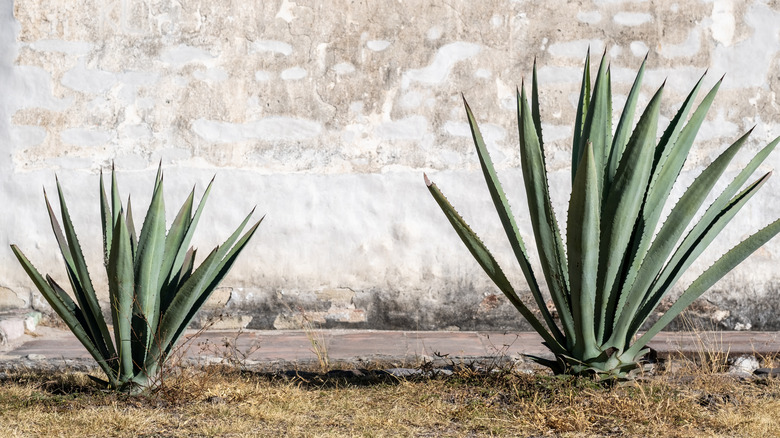Living in a fire-prone area brings unique challenges, especially when planning and maintaining your outdoor space. While the concept of a lush garden might sound enticing, the reality is that certain plants can either significantly reduce or escalate the risk of fire damage. As wildfires become increasingly frequent and intense, your choices in garden planning gain critical importance. Plants like oaks, hickories, and maples, known for their fire-resistant qualities, become invaluable allies. Whether you’re an experienced gardener or new to landscaping, understanding how and why these plants can act as a natural fire barrier can significantly protect your property and your neighborhood. Fortunately, choosing fire-resistant plants doesn’t mean sacrificing beauty. Many of these plants are as visually stunning as they are resilient, offering lush foliage and colorful flowers.
That being said, creating a fire-resistant garden isn’t solely about selecting the right plants; thoughtful design also plays a key role. A carefully designed garden serves as a frontline defense against fire hazards. It can slow down or even halt the spread of flames, giving emergency services more time to respond. Furthermore, laying out your garden to minimize fire spread enhances safety and can make your outdoor space more functional and aesthetically pleasing. By paying attention to plant placement and creating natural fire breaks, you can maximize both beauty and safety.
Characteristics of fire-resistant plants

If you’re looking to populate your garden with fire-resistant plants, there are some key features to look for. Plants characterized by flexible, moisture-rich leaves, and sap that is more watery than fragrant, generally have a lower flammability. The structure of the plant is another significant factor; plants with a spacious branching pattern allow for better air circulation, making them less likely to catch fire. The absence of dead wood and thick, non-peeling bark further reduces the chances of ignition. A go-to selection for fire-resistant flora includes plants like aloe vera, agave, and cacti, which store a substantial amount of water in their leaves, making them much less likely to ignite. Trees with broad, flat leaves, such as oaks, hickories, and maples, also make excellent choices for a fire-smart garden. They generally have lower flammability compared to others, thanks to their higher moisture content and less volatile oils in their leaves.
On the other hand, plants with thin, needle-like leaves, like cedars and pines, are a less optimal choice. These plants have a lower moisture content and higher levels of resin, making them risky for fire-prone areas. And despite what you might think, palm trees, with their wide, flat leaves, are a risky choice; they’re more susceptible to catching fire than expected. All in all, knowledge of these characteristics becomes valuable in your landscaping strategy.
Designing a fire-resistant garden
Choosing fire-resistant plants is not enough; how you design and maintain your garden also impacts its fire risk. To start, opt for soil that retains moisture well. If space and resources permit, building a pond can act as a natural firebreak and a water source for firefighting efforts. Proper irrigation is also crucial — thirsty, dry plants are more susceptible to fire, so effective irrigation serves as a proactive measure to protect your garden. Try to invest in an irrigation system designed to conserve water — a smart watering system keeps your garden lush while minimizing water waste. To keep track of soil moisture, sensors or automated timers make the irrigation process even more precise and hassle-free. These tools ensure that your plants receive just the right amount of water, further reducing their vulnerability to fire hazards. You can also capture rainwater when you can; it’s a cost-effective and eco-friendly way to keep your plants hydrated. Healthy plants are generally less flammable, so regular feeding and disease control go a long way in fire prevention.
Spacing is another key factor. Ensure there are clear areas in your garden where no shrubs or trees are positioned. These open spaces act as natural firebreaks, reducing the fire’s ability to jump from one plant to another. Also, pay attention to tree branches near your home. Any branches that touch or hang over the house pose a direct fire risk and should be pruned back.